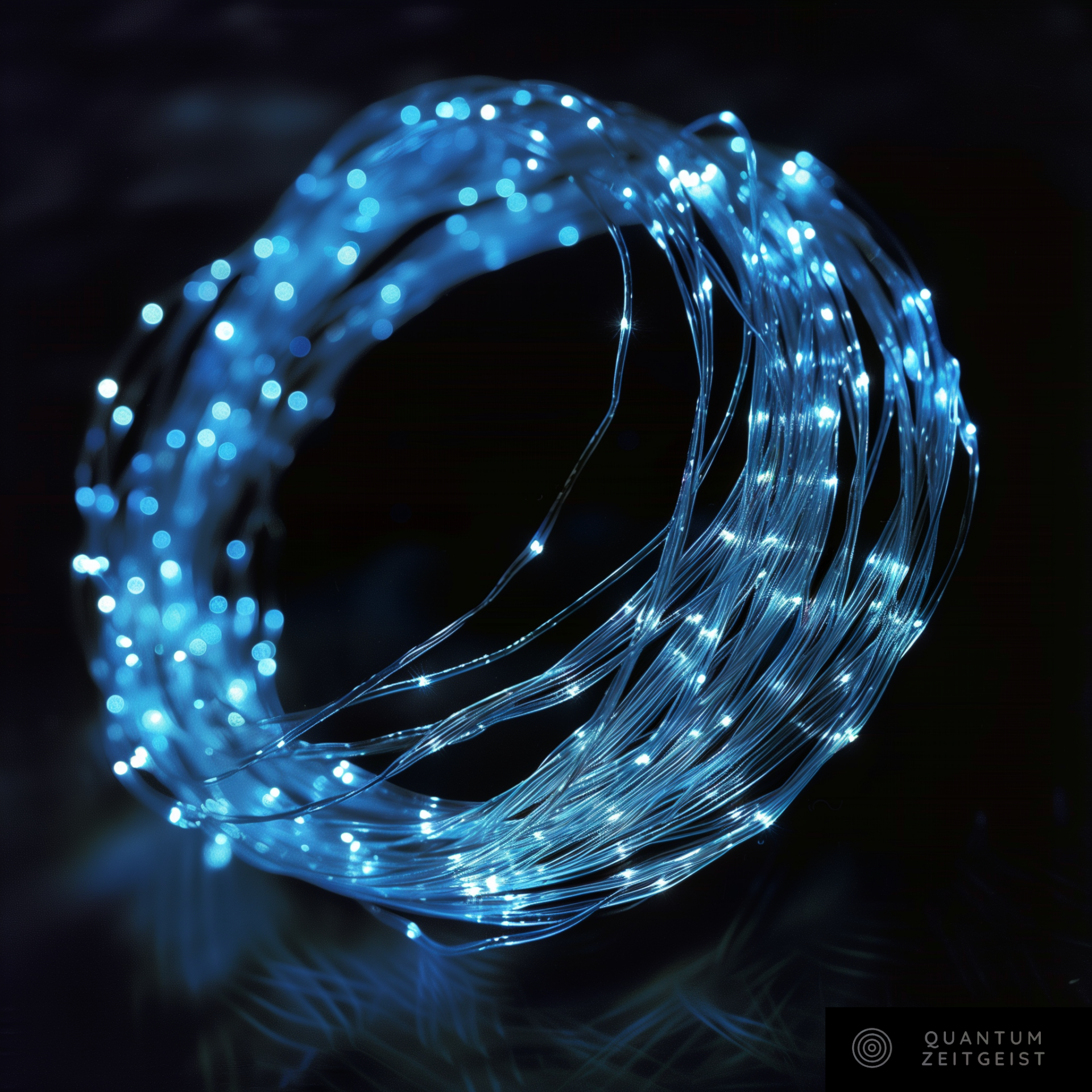Scientists from the University of Saarland have developed a protocol that allows the distinction of all Bell states using a single memory qubit in a Ca ion. The protocol, which involves mapping an incoming photon onto the memory qubit and performing a full Bell state projection, could significantly enhance the efficiency and capabilities of quantum networks. However, the protocol’s efficiency is currently limited, and further research is needed to improve its reliability. The team’s findings were published in the Physical Review Research journal in 2024.
What is the Significance of Bell State Measurement in Quantum Networks?
The Bell state measurement is a fundamental tool in quantum networks based on single photons. It enables the extension of a quantum link with quantum repeater operations and the transmission of quantum information via quantum teleportation. A generic application, which also provides the context to this paper, is the generation of remote memory entanglement via photonic Bell state projection at a central station.
However, Bell state discrimination on photon pairs is fundamentally limited to 50% when only linear optical elements are used. Overcoming this limitation becomes possible using hyperentanglement, nonlinear optical elements, or auxiliary photons. An alternative implementation for entangling remote memories that allows one to distinguish between all four Bell states was demonstrated with trapped Rb atoms. This approach does not use a central station but is mediated by successive interaction of two photons with both memory qubits.
Another possibility is the use of memories at the central station to which the photonic qubits are transferred before a projective measurement. Using quantum gates on single ions in the same trap, deterministic projection onto all four two-atom Bell states has been demonstrated. Combining this with photon-to-atom state mapping would allow full Bell state projection on two incoming photons.
How Does the New Protocol Distinguish All Bell States?
In this paper, a new protocol is presented that allows the distinction of all Bell states using only a single memory qubit in a 40 Ca ion. In this approach, a first incoming photon is mapped onto the memory qubit. A full Bell state projection is then performed between the memory qubit and the second incoming photon by heralded absorption, using projection of the herald and of the memory qubit as Bell state measurement.
The elements of the protocol are demonstrated in two separate steps. The first is the faithful mapping of an incoming single photon onto the memory qubit. For this, the heralded absorption interface is applied and verified with laser photons. The interface is used to store in the single ion a single photon heralded by and entangled with its partner from an SPDC photon pair source.
The second step is the projection of a 2-qubit state between the memory and an incoming photon onto the four Bell states. This full Bell measurement is facilitated by heralded absorption and is demonstrated and verified by its direct application for quantum state teleportation from the prepared memory qubit onto the partner photon of the absorbed one.
What is the Experimental Setup for the Protocol?
The experimental setup involves a single Ca ion trapped in a linear Paul trap with single-photon optical access by two in-vacuum high-numerical-aperture laser objectives (HALOs). One of the objectives is used to focus 854 nm photons onto the ion to excite it from its initial state in the D52 manifold to the P32 manifold. The second HALO is used to collect the emitted Raman-scattered 393 nm photons which are subsequently polarization projected with a Wollaston prism and detected with free-space coupled avalanche photodiodes (APDs) in both outputs.
This HALO is also used to couple the non-absorbed 854 nm photons into a 16 m long single-mode fiber with an attached retroreflector. The photon pair source generates polarization-entangled photon pairs. Photons in one output are directed to the atomic setup where a single trapped 40Ca ion acts as a quantum memory. The partner photons in the other output are sent to a tomography setup for analyzing their polarization state.
What are the Limitations and Future Perspectives?
While the overall efficiency in the proof-of-principle experiment is severely limited, the application of the protocol in combination with resonator-based interfaces holds the perspective of overcoming the limitations of linear optical projections. The protocol demonstrates the potential for full Bell state projection using a single memory qubit, which could significantly enhance the efficiency and capabilities of quantum networks.
However, further research and development are needed to improve the efficiency and reliability of the protocol. The use of more advanced techniques, such as hyperentanglement or nonlinear optical elements, could potentially overcome the fundamental limitations of Bell state discrimination and enable more efficient and versatile quantum networks.
Who are the Key Contributors to this Research?
The research was conducted by a team of scientists from the Experimental Physics department at the University of Saarland in Germany. The team includes Elena Arenskötter, Stephan Kucera, Omar Elshehy, Max Bergerhoff, Matthias Kreis, Léandre Brunel, and Jürgen Eschner. Their work was published in the Physical Review Research journal in 2024. The research was received in February 2023, revised in June 2023, accepted in January 2024, and published in April 2024.
Publication details: “Full Bell-basis measurement of an atom-photon 2-qubit state and its application for quantum networks”
Publication Date: 2024-04-17
Authors: Elena Arenskötter, Stephan Kucera, Omar Elshehy, Max Bergerhoff, et al.
Source: Physical review research
DOI: https://doi.org/10.1103/physrevresearch.6.023061

